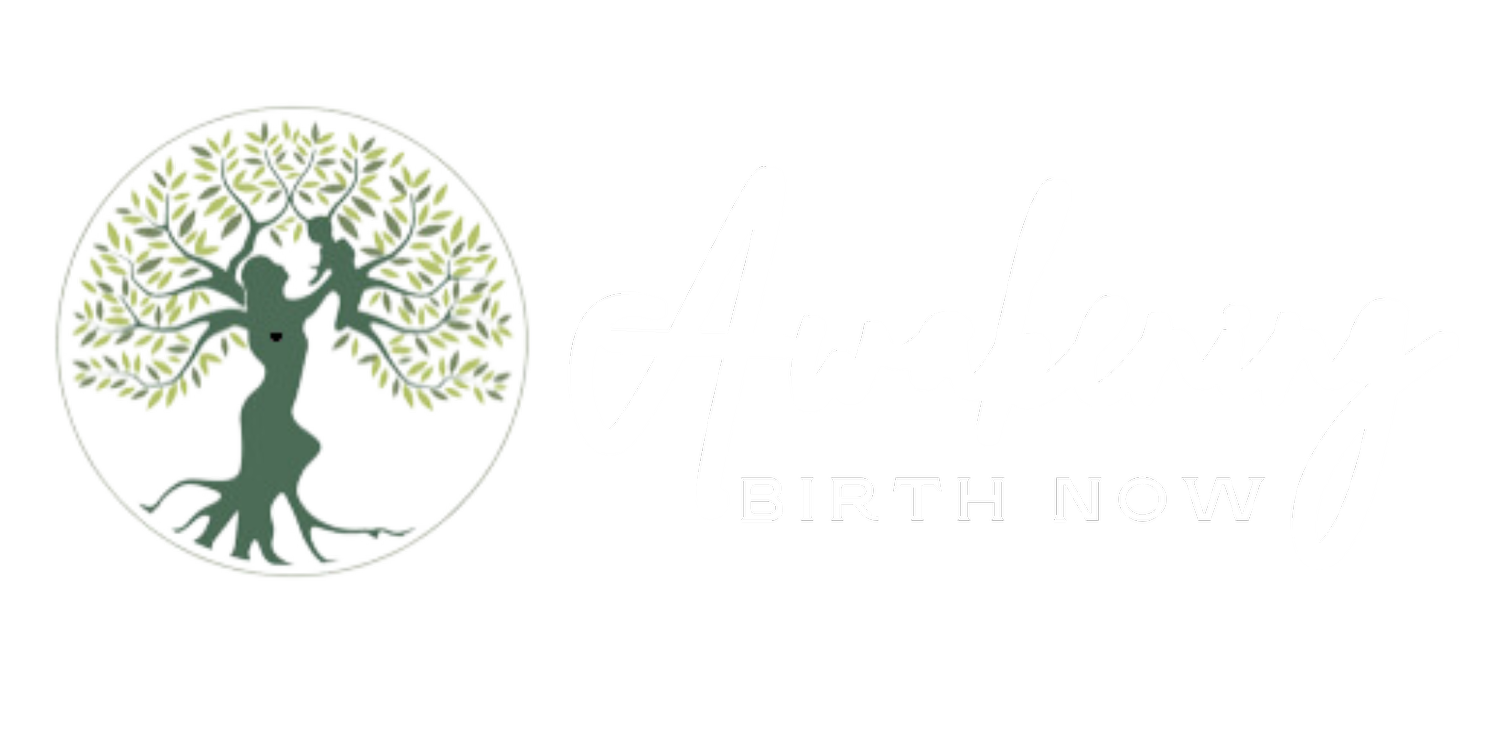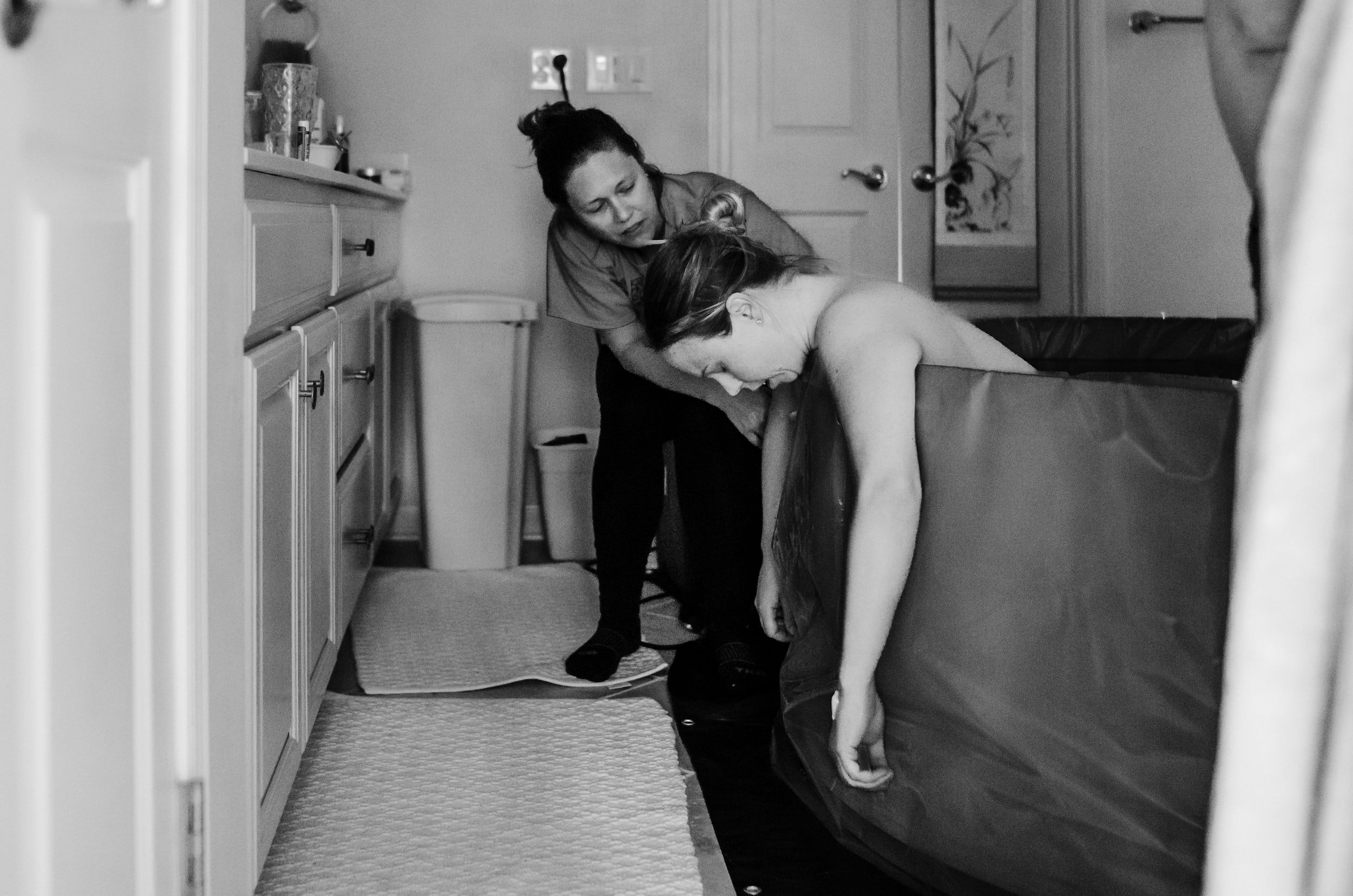Home Birth: 5.2% Cesareans
This extensive and exciting study demonstrates that midwifery care with different types of midwives is an option for healthy women with healthy pregnancies, including women carrying their first child. Women must understand the differences in the types of midwives available and choose their birth attendants carefully. Home birth is safest when there is good communication between the midwife/birth attendant and the hospital. Unfortunately, it is not uncommon to find financial/political competition between physicians and midwives. EMTALA, the Emergency Medical Treatment & Labor Act, prevents hospitals from refusing to care for someone arriving at their doors in labor or an emergency. However, a poor relationship with hospital staff can result in dangerous delays to care.
This study of almost 17,000 births was published in the American College of Nurse-Midwives journal, but various types of midwives attended the births. Nurse-Midwives are the most highly researched midwives in the U.S.; most attend hospital births. Still, other types of midwives mostly do home births and are specialists in this type of care. The majority of the study’s pregnant women were white, college educated, married, and paid for their services out of pocket, so this does not represent the general population, and better outcomes were to be expected. Interestingly 6% were Amish or Mennonite who have very healthy lifestyles.
This study, using various types of midwives, included some high-risk pregnancies, as noted below. The summary of their results follows:
89% of the births were successful at home
The hospital transfers during labor were primarily for “failure to progress,” which means labor stalled, and the many midwife interventions could not get it to advance.
Less than 5% of women required artificial labor stimulation or epidural anesthesia at the hospital.
94% of women had a normal vaginal birth
1% had an assisted vaginal birth (forceps or vacuum)
The cesarean rate was only 5.2%.
1054 women attempted vaginal birth after a cesarean with an 87% success rate. (Be advised that VBAC at home is a controversial topic, and there were increased fetal but not neonatal death rates with these women in this study).
Included preterm (less than 37 weeks), breech, multiple gestations including twins, gestational diabetes, and preeclampsia. (Be advised it is controversial if these births should be done at home and this study showed evidence that fetal/newborn death was higher in some of these situations).
49% had intact perineums (no tearing).
Very low rates of medical interventions
Apgar scores (score of newborn condition) of less than seven at 5 minutes occurred in 1.5% of babies. A newborn's highest possible score at five minutes is 10. Eight or nine is a typical score.
97% of babies in this study delivered at full term and weighed an average of eight pounds
98% were being breastfed at the six-week follow-up visit (extremely high-rate)
Only 1% of babies needed to be transferred to a hospital after entering the world.
Previous studies used less-than-ideal birth certificate data that doesn’t identify whether the home birth was planned or unplanned, which is essential information. This study utilized data from the Midwives Association of North America data sets that provided more detail. Hopefully, this research will encourage the states that have not made home birth a legal option (can you believe some states don’t give women the legal option to give birth at home?) the impetus to do so. Homebirth is also much less expensive, leading to savings for all of us. Evidence continues to amass that homebirths for normal pregnancies may yield health benefits far after birth. The cesarean rate was dramatically reduced, and this study seems to indicate that higher-risk women are not ideal candidates for home birth. Commonly high-risk women are safer in hospitals.
Reference
Cheyney, M. (2014, January 30). Journal of Midwifery & Women’s Health. Retrieved from http://onlinelibrary.wiley.com/doi/10.1111/jmwh.12172/abstract

